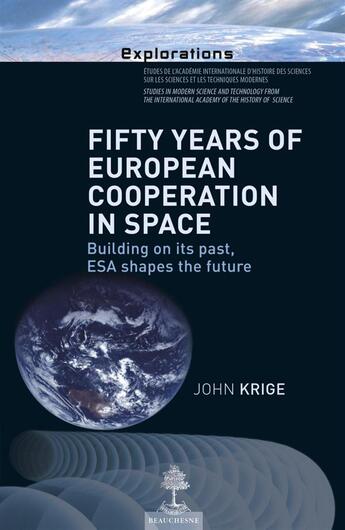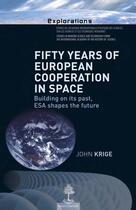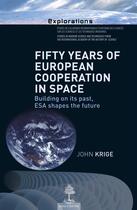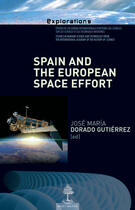-
Date de parution : 26/06/2014
-
Editeur :
Beauchesne
-
EAN : 9782701020297
-
Série :
(-)
-
Support :
Papier
Résumé:
"This book details fifty years of European collaboration in space from the origins of the programme in 1964 to its rich complexity today. It charts the early moves by scientific statesmen and governments to establish not one, but two organisations, ESRO for science and later applications and... Voir plus
"This book details fifty years of European collaboration in space from the origins of the programme in 1964 to its rich complexity today. It charts the early moves by scientific statesmen and governments to establish not one, but two organisations, ESRO for science and later applications and ELDO for launchers.
The tight financial constraints on ESRO, the tribulations of ELDO's launcher, and a major tilt towards close technological cooperation with NASA in the early 1970s led to the formation of a single organisation in 1975, ESA.
ESA embarked on developing a new European launcher under French leadership (Ariane), and a human-rated capsule for scientific experiments to fit in the Space Shuttle's cargo bay under German leadership (Spacelab). Its science programme was put on a secure institutional footing and it launched a number of applications programmes. The 1980s are marked by the spectacular success of Ariane, the consolidation of a human presence in space through Spacelab and collaboration in the International Space Station, the development of a new framework for rationalising space science and bruising disputes over engaging users to operate application satellites. The global upheavals of the 1990s, the interest of the private sector in space, and an awareness of the value of space-based systems to civil society and military action on the ground obliged ESA to refashion itself again. New partnerships were forged. The launcher fleet was expanded to include the Russian Soyuz and the Italian-led Vega, a single European Astronaut Corps was created, and major new programmes for Earth observation (GMES) and satellite navigation (Galileo) were embarked on in cooperation with the European Union. The history of Europe's presence in space is above all a history of political will, of industrial development, and of the consolidation of extensive scientific, technological and managerial competencies to construct a global space power that could compete and collaborate from a position of strength with the US and the USSR/Russia, while adapting to the changing demands of a new geopolitical world order in the 21st century.
"
Donner votre avis

















